Brain Health is a critical component of our overall health.
When we set goals for ourselves to live healthy and active lifestyles, the factors fuelling these decisions are often related to other organ systems, such as our hearts. It isn’t too often that we make the conscious decision to preserve the integrity of our brains and our mental and cognitive functioning.
From sleeping to digestion to communication and more, our brain is paramount in controlling the daily functioning of our bodies. Medicinal mushrooms are brain-loving fungi that have illustrated benefits across the board in improving brain health and even delaying the processes that lead to neurodegenerative diseases.
Lion’s Mane as a Neurotrophic Agent
Naturally, with time, our brains fail to form or preserve neuronal connections as efficiently and we begin to experience progressively worsening mental functioning. Lion’s Mane, also known as Hericium erinaceus, is a white and furry-looking mushroom that has been used for ages in both the culinary and medical worlds around the globe. It contains many active compounds that exhibit neurotrophic effects, two of them being hericenones and erinacines, which have portrayed the ability to stimulate the growth of brain cells [1]. Additionally, isohericerinol A, extracted from the fruiting body of Lion’s Mane was found to increase nerve growth factor (NGF) production; a neurotrophic factor that is involved in the growth, development, and survival of neurons, our body’s specialized information messengers [2].

Along with its ability to maintain and boost the integrity of our nervous systems, Lion’s Mane has also been studied to prevent damage caused by beta-amyloid plaques; naturally occurring proteins that may build up in the brain, disrupting proper cell functioning and leading to neurodegenerative disease [3,4,5]. Although this mushroom may be of great benefit to those interested in prevention of cognitive decline, it is also suitable for the average person to improve memory and concentration to keep up with the hustle and bustle of daily life.
Tremella as a Neurotrophic Agent
Along with Lion’s Mane, Tremella fuciformis has also exhibited neurotrophic and neuroprotective effects in various research studies. Tremella, also known as Snow Fungus, is more commonly associated with improving skin health due to its hydrating and antioxidant abilities. However, the versatility of the health benefits of mushrooms is reflected in the infinite amounts of culinary dishes that can be made from them, too!

In one study, extracts from the fruiting bodies of Tremella were found to result in behavioural and structural changes in the treatment group when compared to the placebo [6]. Not only did Tremella show significant improvement in learning and memory loss, but it also alleviated the loss of ChAT in the hippocampus of the brain, which is an important indicator for the functional state of certain neurons in the central and peripheral nervous systems [6,7]. Higher levels of ChAT in the hippocampal region of the brain have been associated with better performance on certain learning and memory tasks [8]. In this study, Tremella also increased the uptake of glucose in the brain by 7 times; glucose being the brain’s primary source of energy [6]. Much like Lion’s Mane, Tremella’s antioxidant capabilities seem to prevent the extent of beta-amyloid plaque accumulation often seen in pathologies of dementia, such as Alzheimer’s Disease [9].
Cordyceps as a Neurotrophic Agent
Cordyceps militaris is commonly referred to as a natural exercise mimetic, but its anti-inflammatory and antioxidant abilities have also been reported to contribute to its neuroprotective effects. The first study to assess its activity against cognitive dysfunction suggests that a Cordyceps extract could improve spatial memory in cognitive disorders induced by beta-amyloid plaques [10]. Spatial memory impairment is seen commonly in certain types of dementia, such as Alzheimer’s Disease, and may include behaviours such as wandering and no recognition of where they are, or even forgetting where they are going. Additionally, Cordyceps seemed to have a protective effect against object recognition impairment, another unfortunate event that may occur with dementia [10]. Much like Tremella’s effect on ChAT, Cordyceps was also found to increase expression of this enzyme and delay progression of memory deficits seen in various neurodegenerative disorders [11].

Neurodegenerative diseases have many implications
They can cause physical, psychological, even social, and economic impacts on those living with the disorders and on their families as well. Although there is no cure, the choices we make when we are young and in mid-life can help keep our brains healthy as we age. Ensuring we maintain an active lifestyle, make nutrient-dense food choices, and consistently challenge ourselves mentally can help to keep our brains as young as our bodies! Adding medicinal mushroom supplements into the mix, such as the ones mentioned in this article, can help to further enhance your healthy lifestyle by providing your body with natural sources of anti-inflammatory, anti-aging, antioxidant, and neurotrophic factors.
By Silvana Jakupovic — BSc and 4th Year Student of Naturopathic Medicine (CCNM-Boucher)
[1] Lai PL, Naidu M, Sabaratnam V, Wong KH, David RP, Kuppusamy UR, Abdullah N, Malek SN. Neurotrophic properties of the Lion's mane medicinal mushroom, Hericium erinaceus (Higher Basidiomycetes) from Malaysia. Int J Med Mushrooms. 2013;15(6):539-54. doi: 10.1615/intjmedmushr.v15.i6.30. PMID: 24266378.
[2] Ryu SH, Hong SM, Khan Z, Lee SK, Vishwanath M, Turk A, Yeon SW, Jo YH, Lee DH, Lee JK, Hwang BY, Jung JK, Kim SY, Lee MK. Neurotrophic isoindolinones from the fruiting bodies of Hericium erinaceus. Bioorg Med Chem Lett. 2021 Jan 1;31:127714. doi: 10.1016/j.bmcl.2020.127714. Epub 2020 Nov 25. PMID: 33246107.
[3] Tsai-Teng T, Chin-Chu C, Li-Ya L, Wan-Ping C, Chung-Kuang L, Chien-Chang S, Chi-Ying HF, Chien-Chih C, Shiao YJ. Erinacine A-enriched Hericium erinaceus mycelium ameliorates Alzheimer's disease-related pathologies in APPswe/PS1dE9 transgenic mice. J Biomed Sci. 2016 Jun 27;23(1):49. doi: 10.1186/s12929-016-0266-z. PMID: 27350344; PMCID: PMC4924315.
[4] Zhang J, An S, Hu W, Teng M, Wang X, Qu Y, Liu Y, Yuan Y, Wang D. The Neuroprotective Properties of Hericium erinaceus in Glutamate-Damaged Differentiated PC12 Cells and an Alzheimer's Disease Mouse Model. Int J Mol Sci. 2016 Nov 1;17(11):1810. doi: 10.3390/ijms17111810. PMID: 27809277; PMCID: PMC5133811.
[5] Cheng JH, Tsai CL, Lien YY, Lee MS, Sheu SC. High molecular weight of polysaccharides from Hericium erinaceus against amyloid beta-induced neurotoxicity. BMC Complement Altern Med. 2016 Jun 7;16:170. doi: 10.1186/s12906-016-1154-5. PMID: 27266872; PMCID: PMC4895996.
[6] Hyun-Jung Park, Hyun Soo Shim, Yong Ho Ahn, Kyung Soo Kim, Kum Ju Park, Woong Ki Choi, Hyo-Cheol Ha, Jung Il Kang, Tae Seok Kim, Ik Hyun Yeo, Jin Su Kim, Insop Shim,Tremella fuciformis enhances the neurite outgrowth of PC12 cells and restores trimethyltin-induced impairment of memory in rats via activation of CREB transcription and cholinergic systems, Behavioural Brain Research, Volume 229, Issue 1, 2012, Pages 82-90, ISSN 0166-4328,
[7] Oda Y. Choline acetyltransferase: the structure, distribution and pathologic changes in the central nervous system. Pathol Int. 1999 Nov;49(11):921-37. doi: 10.1046/j.1440-1827.1999.00977.x. PMID: 10594838.
[8] Hawley WR, Witty CF, Daniel JM, Dohanich GP. Choline acetyltransferase in the hippocampus is associated with learning strategy preference in adult male rats. Behav Brain Res. 2015 Aug 1;289:118-24. doi: 10.1016/j.bbr.2015.04.034. Epub 2015 Apr 27. PMID: 25930215.
[9] Park KJ, Lee SY, Kim HS, Yamazaki M, Chiba K, Ha HC. The Neuroprotective and Neurotrophic Effects of Tremella fuciformis in PC12h Cells. Mycobiology. 2007 Mar;35(1):11-5. doi: 10.4489/MYCO.2007.35.1.011. Epub 2007 Mar 31. PMID: 24015061; PMCID: PMC3763079.
[10] He MT, Lee AY, Kim JH, Park CH, Shin YS, Cho EJ. Protective role of Cordyceps militaris in Aβ1-42-induced Alzheimer's disease in vivo. Food Sci Biotechnol. 2018 Dec 4;28(3):865-872. doi: 10.1007/s10068-018-0521-z. PMID: 31093445; PMCID: PMC6484065.
[11] Bombi Lee; Jongbong Park; Jinhee Park; Hyun-Jae Shin; Sunoh Kwon; Mijung Yeom; Bongjun Sur; Sunghun Kim; Myunghwan Kim; Hyejung Lee; Suk Hoo Yoon; Dae-Hyun Hahm (2011). Cordyceps Militarisimproves neurite outgrowth in Neuro2A cells and reverses memory impairment in rats. , 20(6), 1599–1608. doi:10.1007/s10068-011-0221-4.


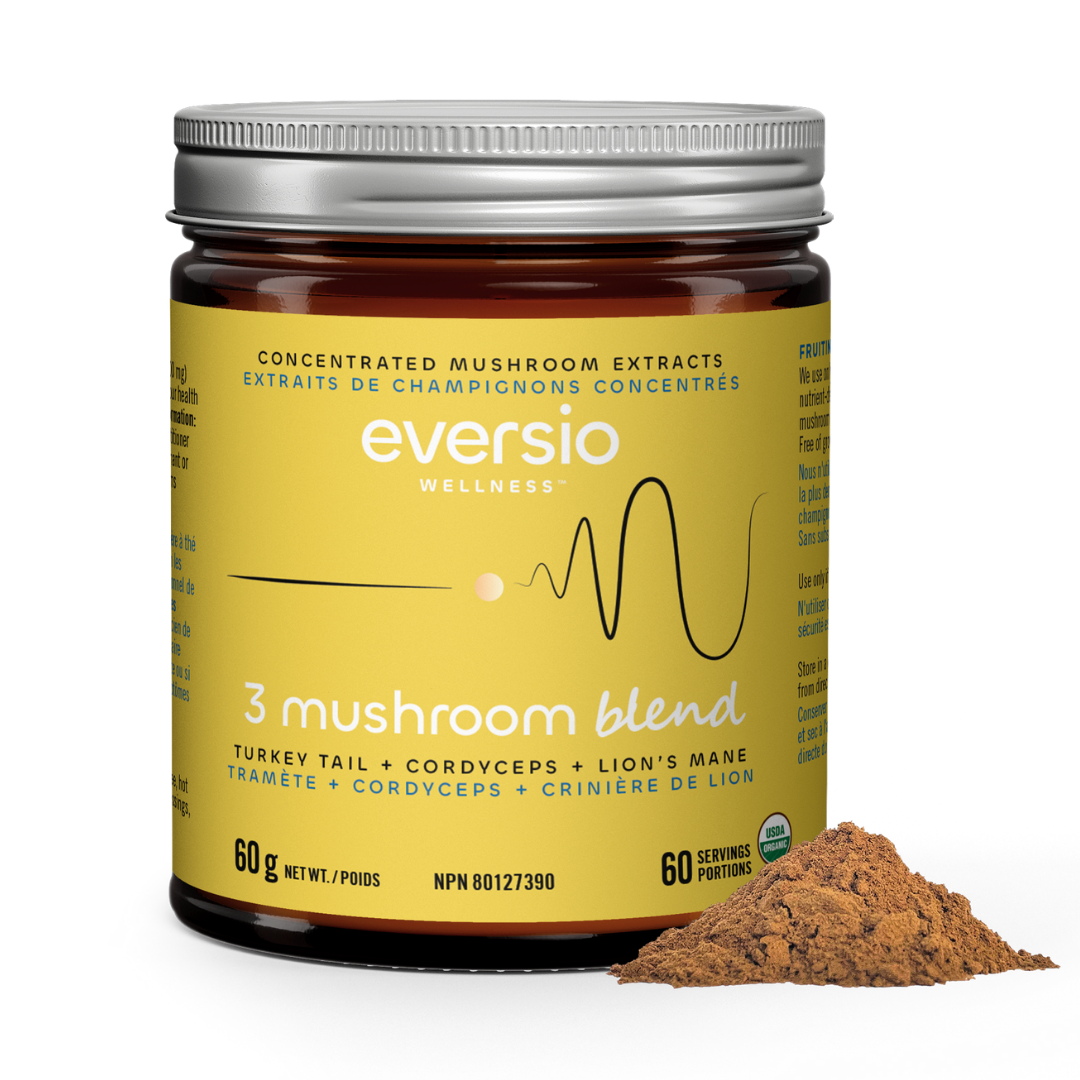

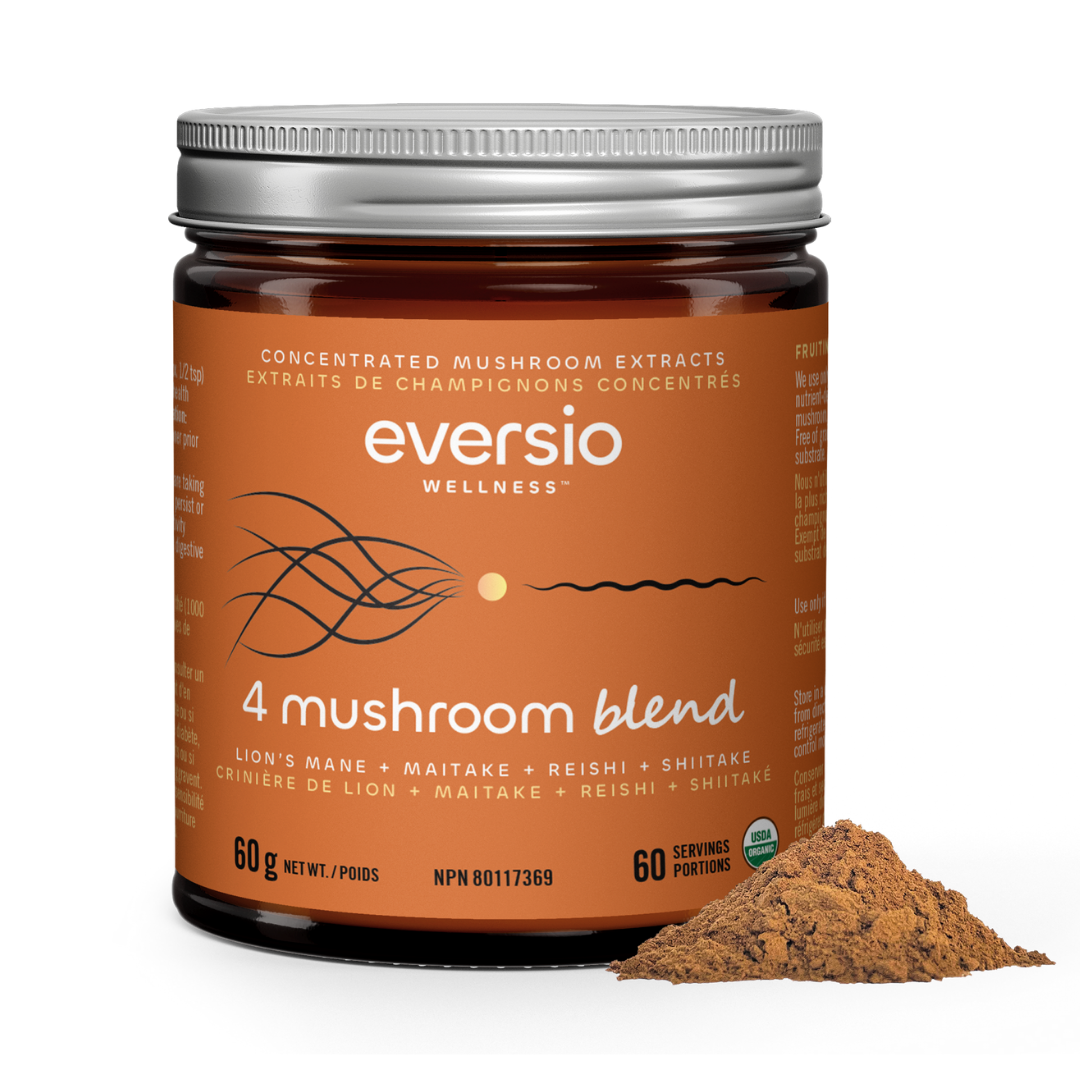
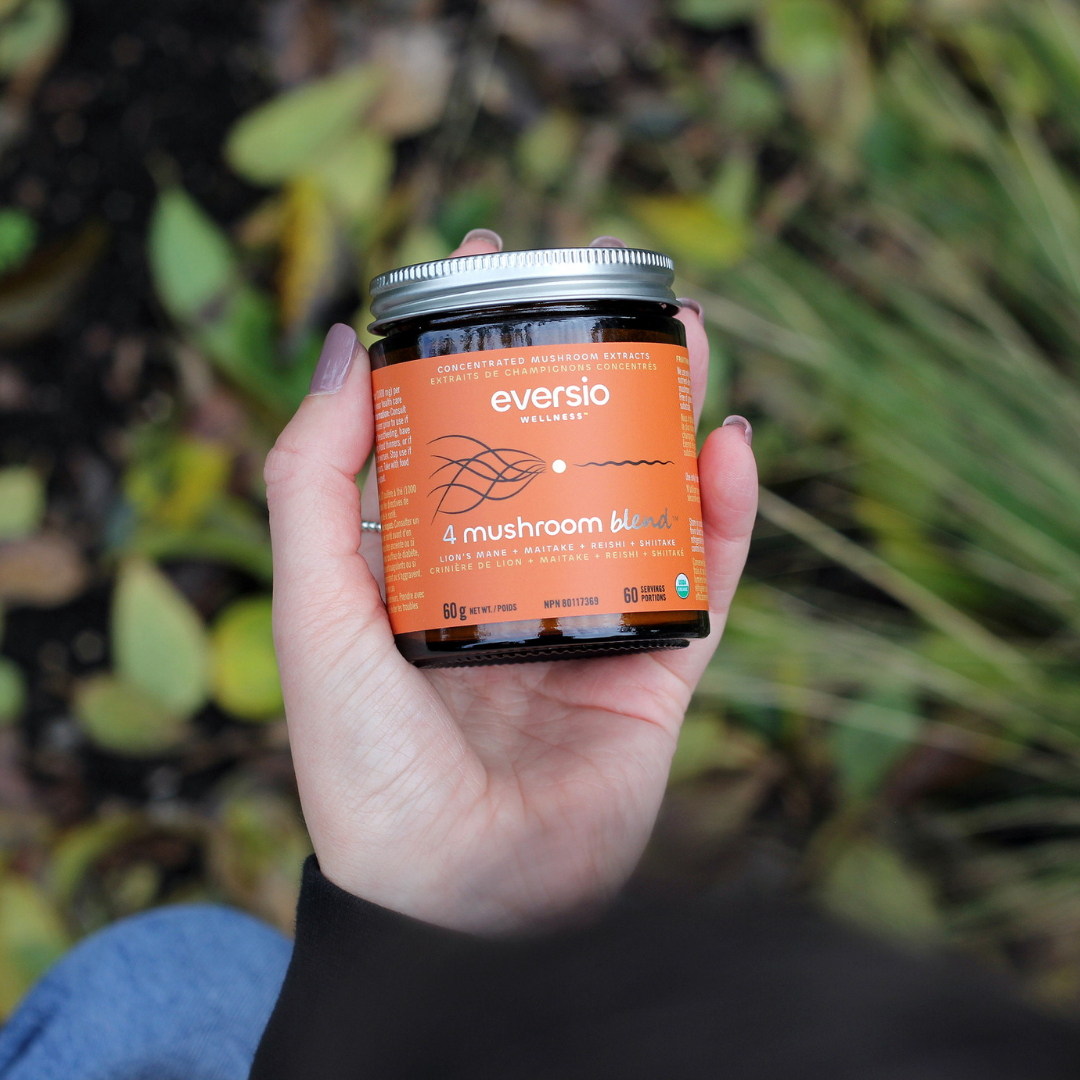
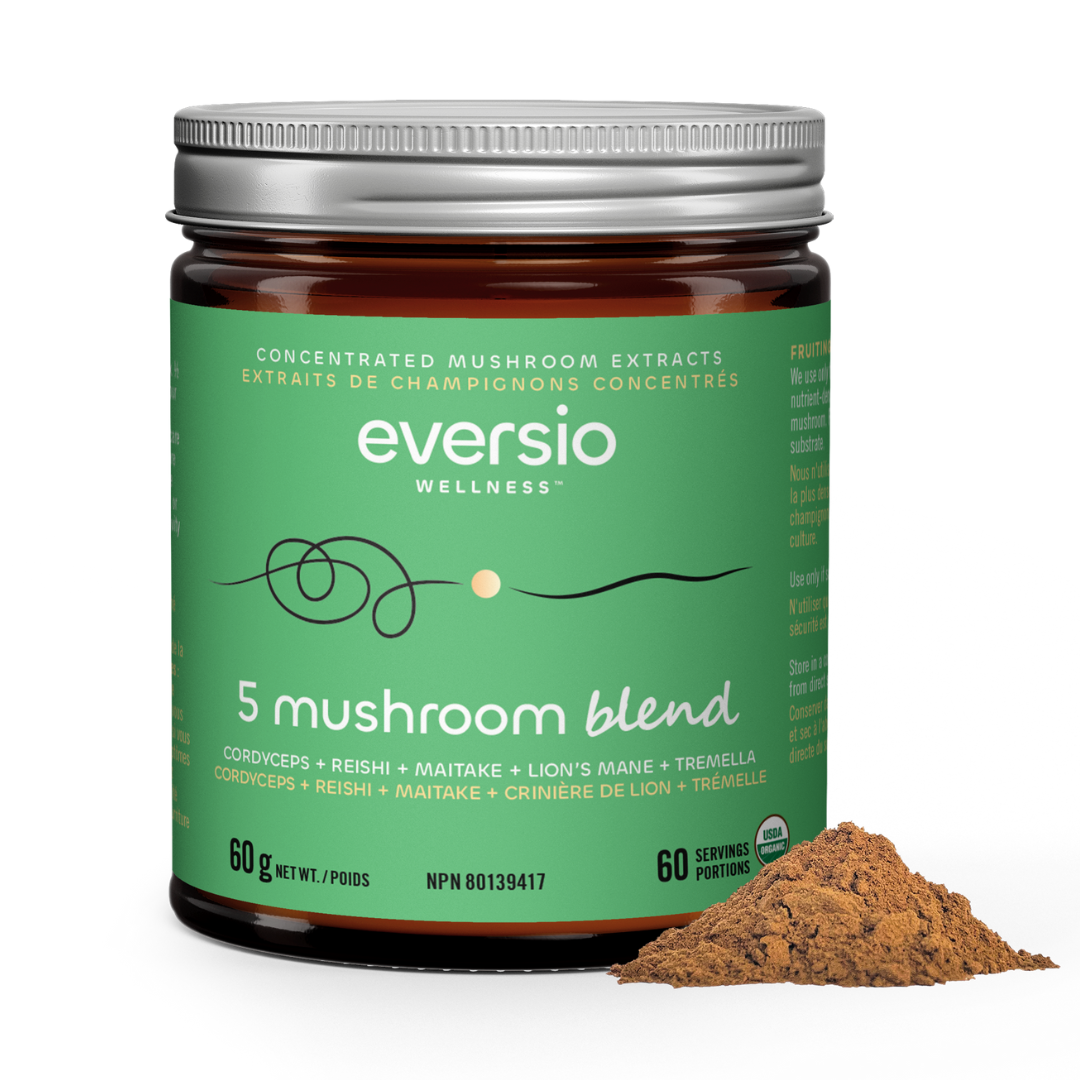

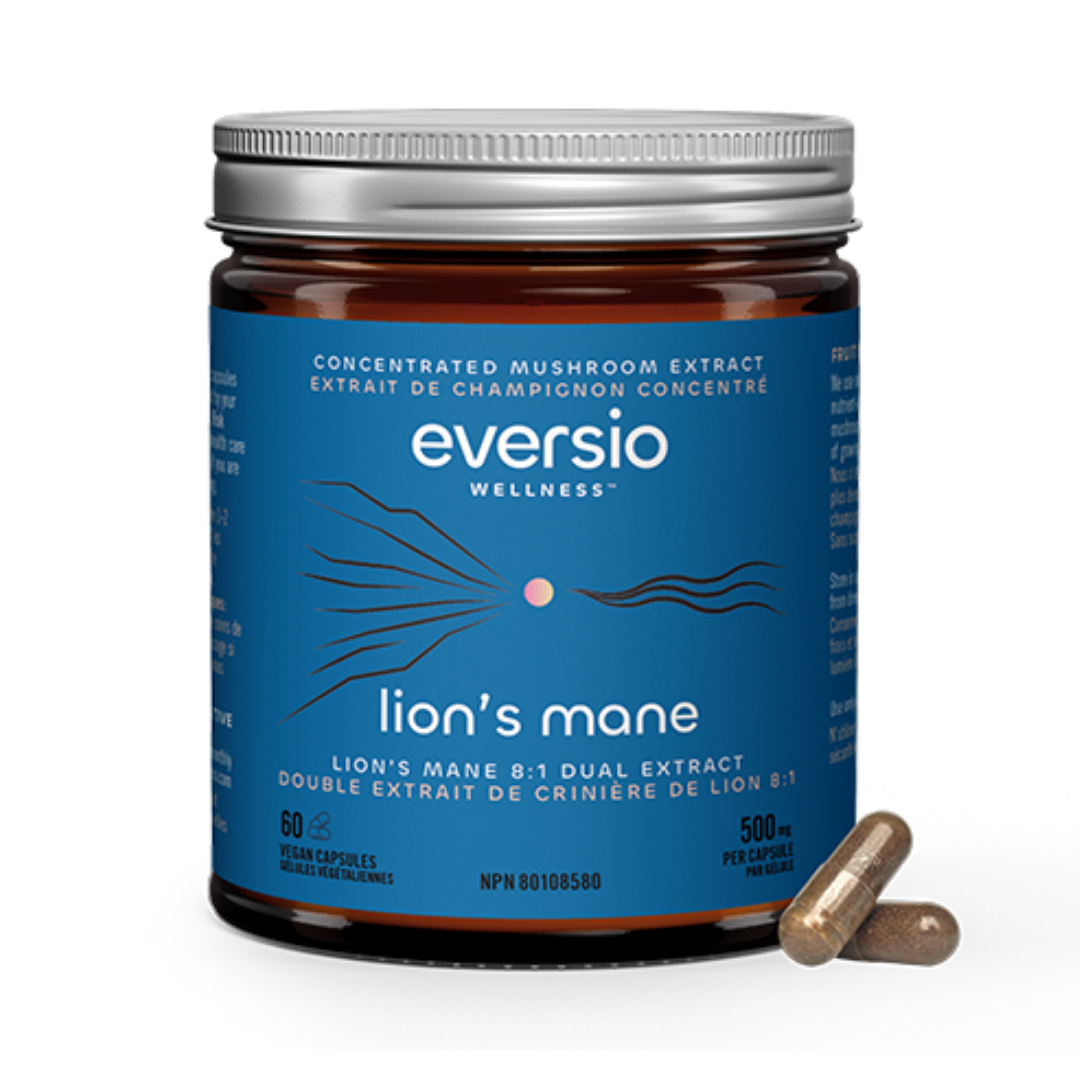

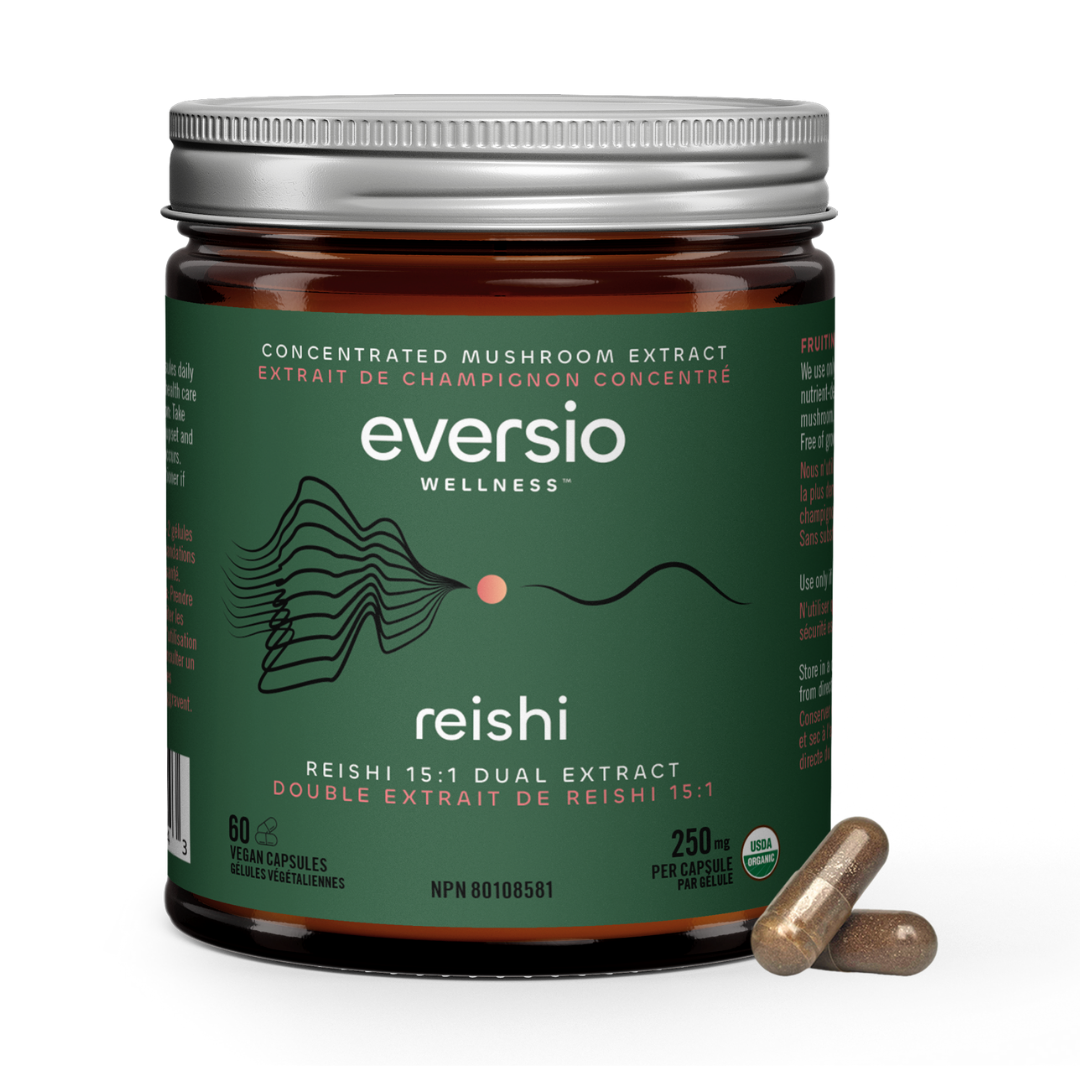









Leave a comment
All comments are moderated before being published.
This site is protected by hCaptcha and the hCaptcha Privacy Policy and Terms of Service apply.